If you’ve been following along for a while now, you know that Mary & I have been getting into health & fitness challenges this year. We tried a 5 miles/day walking challenge, eating/exercising like Jennifer Aniston, and we decided to end 2021 strong with a running challenge. I ran track & cross country in high school and ran recreationally early on in college, so running isn’t new to me. But due to awful recurring shin splints, I haven’t run regularly in the past 5+ years. AKA I haven’t run at all, besides a sporadic 1/2 mile once or twice a year. So we thought, what better way to get back into running than the infamous Couch to 5K program?
In this blog, I’ll get deep into our trials and tribulations throughout this 8-week challenge. But while I had high hopes for this running program, things definitely didn’t go as planned.
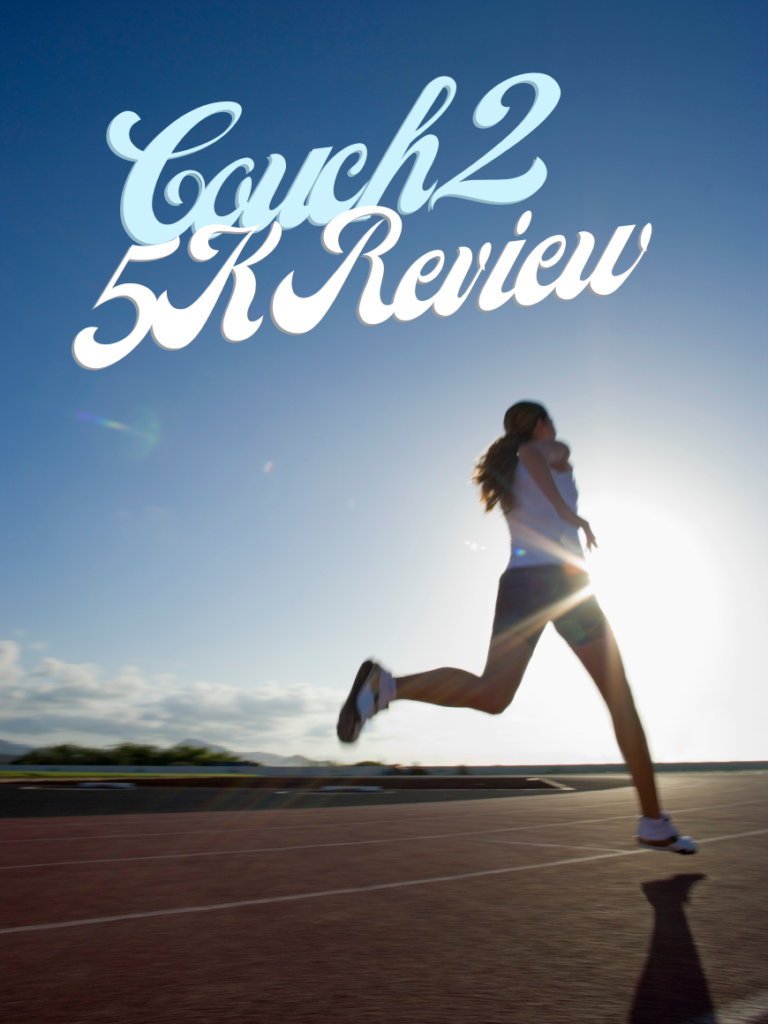
Disclaimer: I’m not a doctor and the information in this article is based on my personal experience. It should not be used in place of medical advice from a doctor or sports medicine specialist. If you’re wanting to start a running program of any sort, talk to your doctor first.
If you’d rather watch than read, check out our YouTube video below 👇
Is Couch to 5K Good for Beginners?
A version of Couch to 5K is great for beginners. However, as I’ll cover in the sections below, it’s not a one size fits all program.
Everyone starts their running journey with a different fitness background. Maybe you used to run track in high school and want to get back into it? Or you’ve always been active, but never actually gotten into running? Or maybe this is your first time trying any sort of workout routine?
Regardless of where you’re at in your fitness journey, Couch to 5K programs make it seem like you’ll easily be able to get into it. After all, the name is COUCH to 5K, implying that even the least active people can do this program.
However, from my experience, this isn’t really the case.
My running journey
I’ve always been active to some degree (played sports all throughout school, ran track and cross country in high school, go to the gym 3-4x/week now.) But the Couch to 5K app we tried didn’t work for me. I ended up getting injured and had to stop by week 6 (out of an 8-week program.)
Mary (who’s also very fit) did the Couch to 5K program with me and had to stop at week 4 or 5 because of shin splints, hip pain, and knee pain.
The point is, even if you’re already pretty fit and take care of your body, this program still isn’t easy. I can’t imagine what it would’ve been like for either of us if we were truly getting off the “couch” to start this, with no fitness background. I think it would’ve turned out terribly.
Injuries
Running is an injury-prone sport and many runners (besides the lucky few) have dealt with injuries at some point. Whether it’s shin splints, runner’s knee, Achilles tendinitis, IT band pain, or other problems (1).
Related: How to Heal Recurring Shin Splints (I Healed Mine After 5+ Years)
Getting into running too quickly, or increasing your speed/mileage too fast, can cause injury. So definitely talk to your doctor before starting any type of running program, and go at your own pace. Which brings me to my next point…

How Long Does It Take?
The app we used was an 8-week program, which seems like a common time frame for Couch to 5K apps. When searching for a plan to use, I also saw 4-week, 6-week, and 12-week options.
We decided on this app because it seemed convenient and made it easy to track where you’re at in the program. Basically, it tracks your runs for you. Every time you complete one, it brings you to the next run, the next time you use the app.
While the app was definitely convenient, it wasn’t the best at easing you into longer distances, in my opinion. I’ll get more into that in the next section, though.
how long will it take me though?
Honestly, the time frame it takes to be able to run a 5K depends entirely on how active you already are, and how naturally running comes to you.
I know that’s not what you want to hear, and it’s much more palatable to say “it takes 10 weeks” or something definite like that. It’s human nature to want to know exactly what to expect when getting into a fitness program. But unfortunately, that’s not always the best way to go about it, especially when it comes to running.
Since it’s fairly easy to get injured when starting a running program, trying to get to a certain distance in a certain amount of time isn’t always a great idea. Especially if you’re brand new to running, or haven’t run in a while.
My best advice would be to pick a plan (or app) that looks realistic for you, and then mold it as you go. If you get to a week that feels way too advanced for where you’re at, just repeat the prior week until you feel like it’s easy.
If you’re starting to feel any sort of shin pain, knee pain, etc., take time off. You can always pick back up where you left off. It’s never worth it to try and run through injuries.
Is a Couch to 5K App Worth It? (C25K)
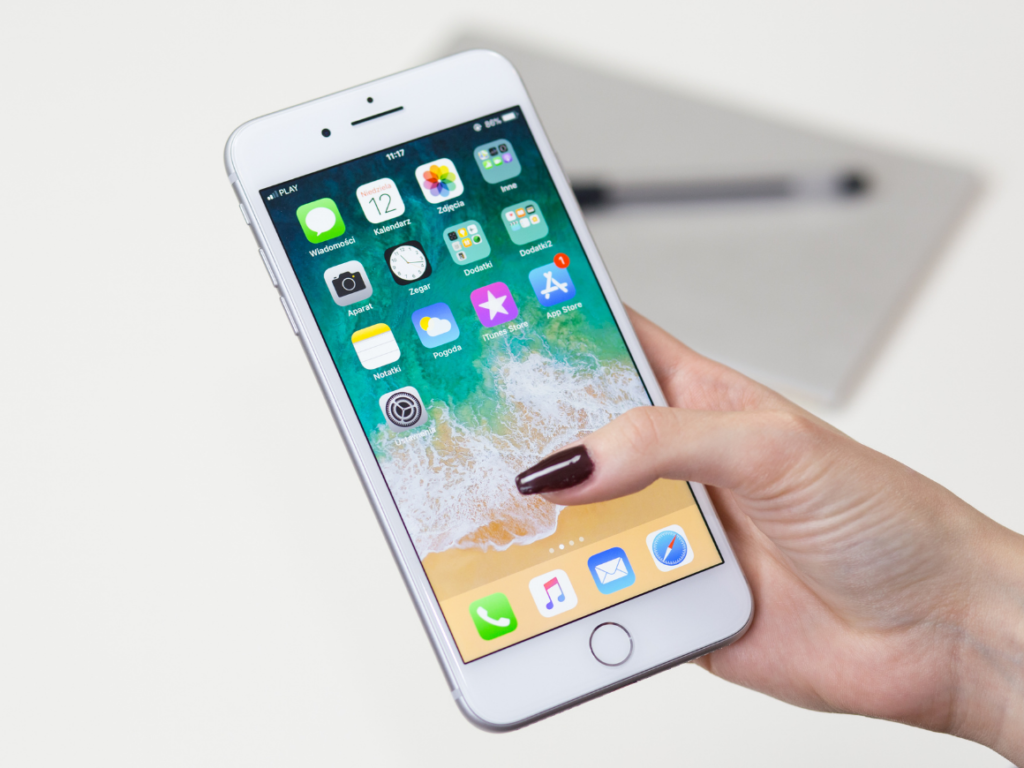
Overall, I really liked the app we used for this challenge. But a few of the weeks made way too big of jumps in distance.
For example, you go from 3 and 5-minute running intervals in week 4 (with walking in between) to a flat-out 2-mile run by the end of week 5.
If you’re naturally a good runner, this might be easy for you. But for me, it definitely wasn’t.
During week 6, when we were supposed to be running 2 miles straight and slowly increasing our mileage, I still needed to stop to walk mid-run.
I still attempted to do the runs, because I didn’t think anything would go wrong. But that led me to bad running form and I ended up getting injured.
Increasing your mileage too quickly = Injuries
By week 6, I got a pinched nerve in my back from ramping up my mileage before I was ready (and having terrible form because of it.)
While this definitely won’t happen to everyone, increasing your mileage before your body is ready will often lead to injuries.
My main point is that the apps can be great – as a baseline. Don’t trust them 100% because they’re not personally tailored to you, your goals, or your fitness level. They’re one size fits all, and that approach almost never works in fitness (or anything, honestly.)
Use the app as a baseline to get started, and change up the runs/weeks to work for where you’re at. Don’t feel bad about not being ready to do a 2-mile run, after only doing intervals for the first 4 weeks. Just do what’s *actually* realistic for where you’re at in your running journey.
Is Couch to 5K Good for Weight Loss?
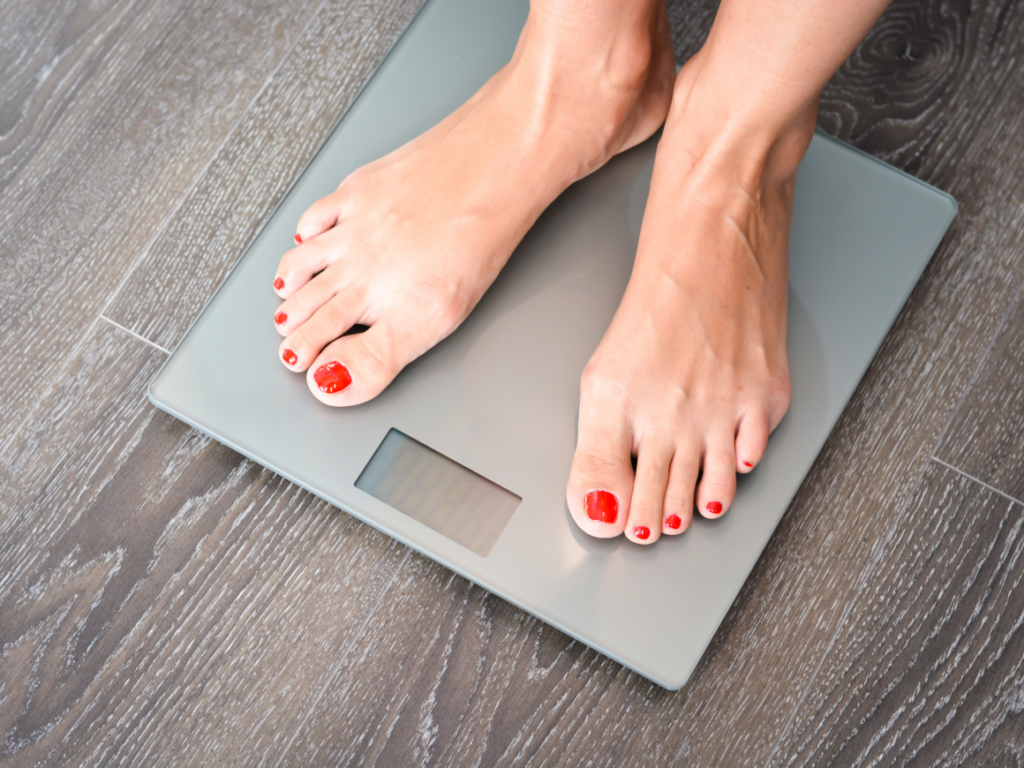
I’m including this point in here because I know that many people get into running hoping to lose weight.
In general, running can be a great form of exercise to help lose weight. You burn a lot of calories running, compared to other forms of exercise. Especially combined with a healthy diet, running can definitely be a good option for weight loss (2).
However, that’s not always the case.
In my experience, every time I start running distance regularly, I gain about 5-10 pounds. I’m not trying to lose weight and that’s not my motivation for running, so this doesn’t bother me. But it’s important to know that getting into running doesn’t automatically make you lose weight.
There are many other factors that go into it, including your diet, stress levels, sleep, hormones, and your microbiome – to name a few (3).
Whether or not you lose weight with running completely depends on your body and how it reacts to running, as well as the factors I mentioned above. If weight loss is your goal, running is definitely worth a shot.
Mental Health benefits
Personally, I love running for its mental health benefits more than anything. Running regularly helps me to feel calmer, less anxious, more confident, and overall happier. I truly think it’s the best form of exercise, for these reasons, and think everyone could benefit from trying it out (if you’re able to.)
But that’s just my 2 cents. Most any reason for wanting to get into running is a good reason in my book.

Does Couch to 5K Really Work?
Yes and no.
As I’ve mentioned throughout this article, it completely depends. If you go at your own pace, rest when you need to, and follow a training plan loosely (with modifications for where you’re at) – I definitely think Couch to 5K can work.
However, the way we did it didn’t really work at all. It was great to get back into running and made me remember how much I loved it. So if all else failed, at least I have that.
But getting into running too fast, just to complete an arbitrary 8-week goal decided by an app, isn’t worth it. Especially if it leads to injury, as it did for Mary and me.
My 3 Main Takeaways:
- Don’t rely solely on an app or C25K plan (unless it’s custom made for you by a professional.) Go at your own pace. If a week in the plan feels too much for you, just repeat the prior week again, until it feels easy.
- If you get injured (or start to feel an injury coming on) – stop running. Take a break and let your body recover. Getting to your goal faster is not worth an injury, and being injured will only make your goals take longer.
- Remember this: It doesn’t matter how long it takes you to get to the 5K goal (or honestly, if you ever get there.) What matters is that you’re getting outside, pushing yourself out of your comfort zone, and running. You’re still going to get the benefits from running, even if you only go on a 1/2 mile run. So just get out there and do it.
P.S. If you want to try this challenge, and are looking for an awesome playlist to keep your running cadence up, check this out! I used this playlist for every run throughout the challenge (and after, on my own runs.)


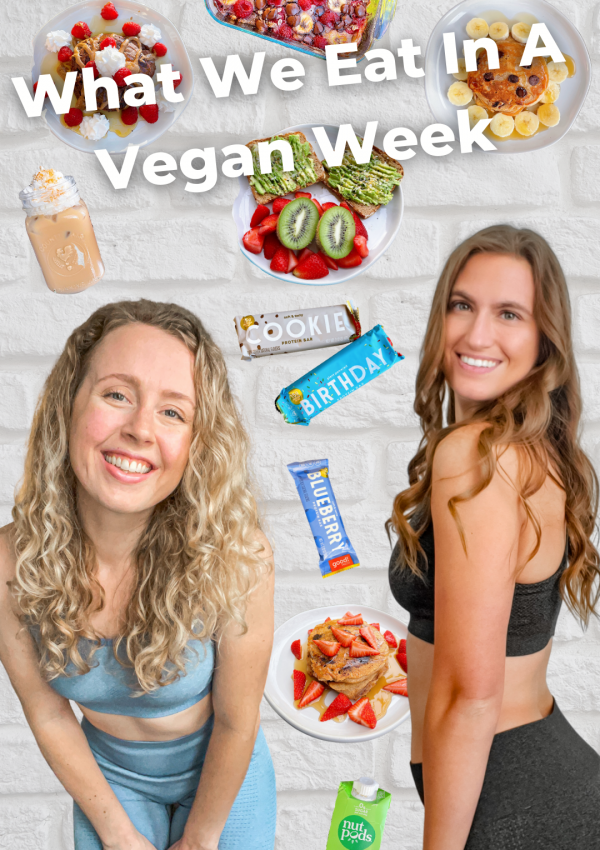
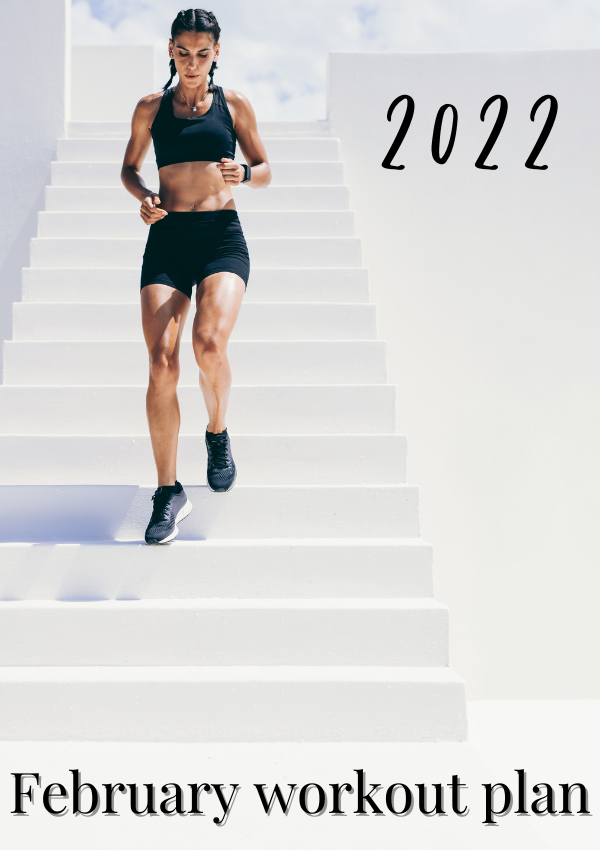
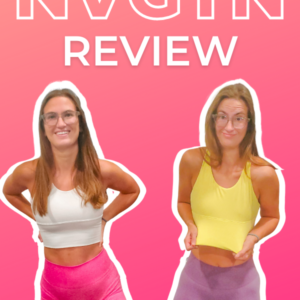
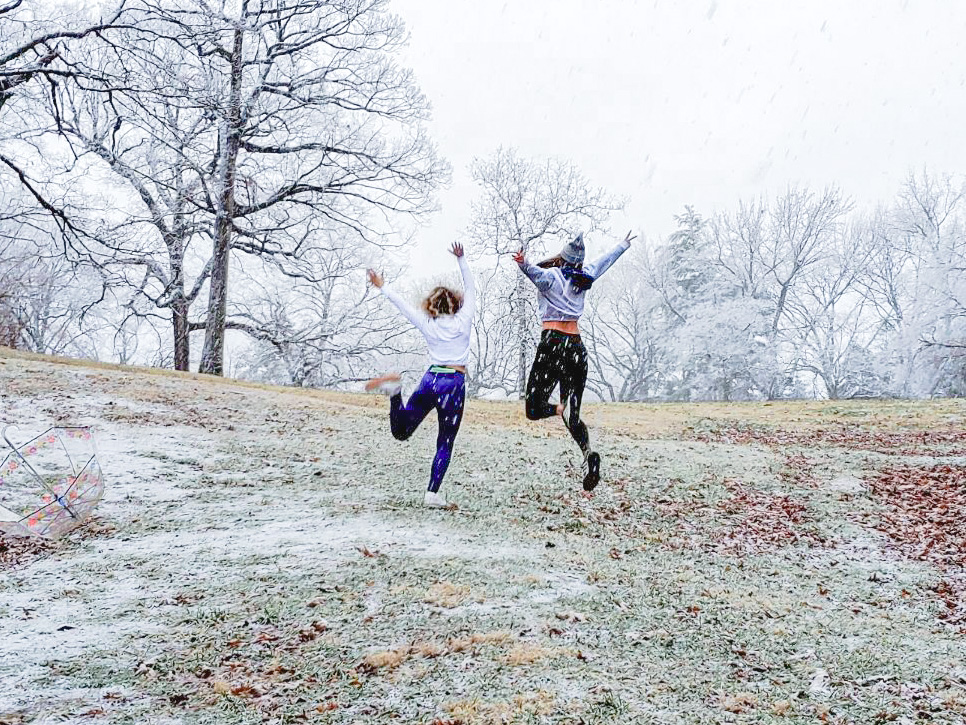

[…] been getting more into running lately (a few times a week) and have already seen the positive impact on my mental health and focus. So […]